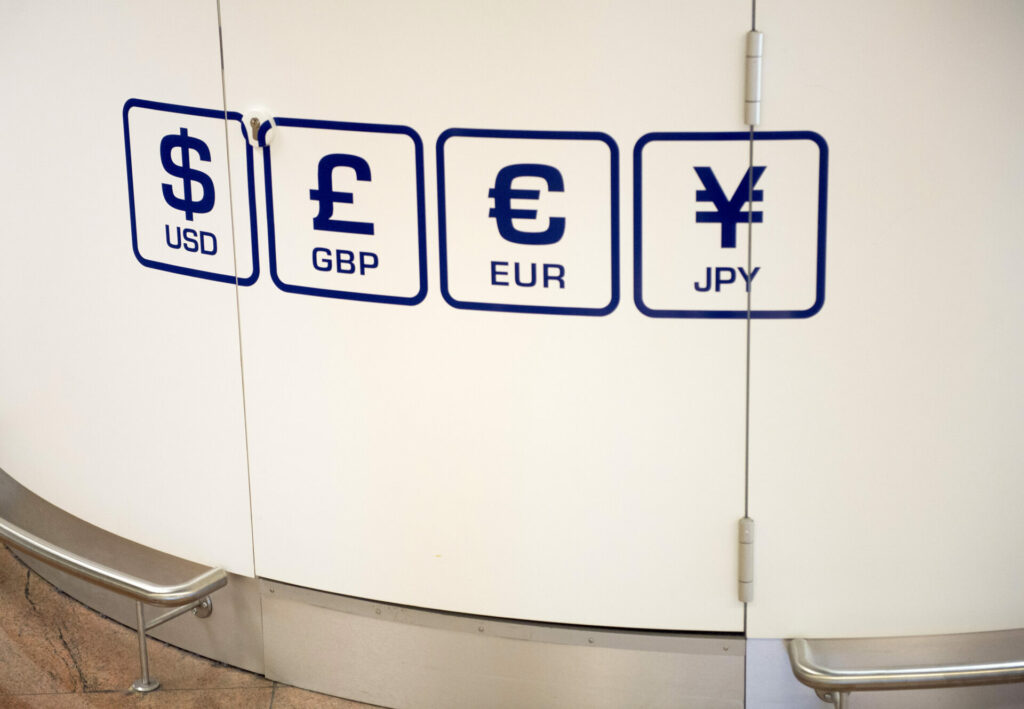Increased demand for the US dollar continues to weigh on other currencies, with the value of the euro and the British pound sterling falling further on Sunday.
After plunging below the one-dollar mark at the start of summer, the euro fell to $0.95 on Sunday evening – its lowest level since 2002. This is driven by the continued turmoil brought by the energy crisis and Russia's invasion of Ukraine.
Earlier this year the European Central Bank (ECB) announced it would tighten policy to combat inflation (the Eurozone annual inflation was 9.1 % in August) by raising its interest rates. Yet inflation continues to rise and market uncertainties loom.
Speaking to The Brussels Times in July, Eric Dor – Director of Economic Studies at the IESEG – explained that the decline of the euro, although particularly marked in recent months, is the continuation of a long depreciation that has been accelerated by recent events.
Meanwhile, the announcement of victory for the right-wing electoral coalition in Italy, led by Giorgia Meloni's party with neofascist roots saw eurozone borrowing rates for ten-year bond yields rise to levels not seen for a decade.
On Sunday, the British pound also dropped by 5% to $1.0327 – its lowest level in history. This was mainly as a result of the tax cuts proposed by the new Prime Minister Liz Truss, which raised concerns that the new UK government's economic plan will stretch its finances to the limit. Some critics even argue that it simply doesn't add up, leaving many investors shy to lend to the government.
The dollar remains a safe haven for investors as it is largely protected from the uncertainty surrounding the war in Ukraine. This has kept demand for the US currency strong, lifting it to a new two-decade high.
On Monday morning, both the euro and British pound were able to recover somewhat, to $0.97 and $1.08, respectively. However, the lack of concrete solutions to the energy crisis and the continued decline in consumer and business confidence means that the currencies will stay weak and possibly plunge to even greater depths.
The euro hit an all-time high of $1.18 shortly after its launch at the start of 1999 but soon dropped, falling below $1 in February 2000 and finally hitting a record low of 82.30 cents in October that same year.

